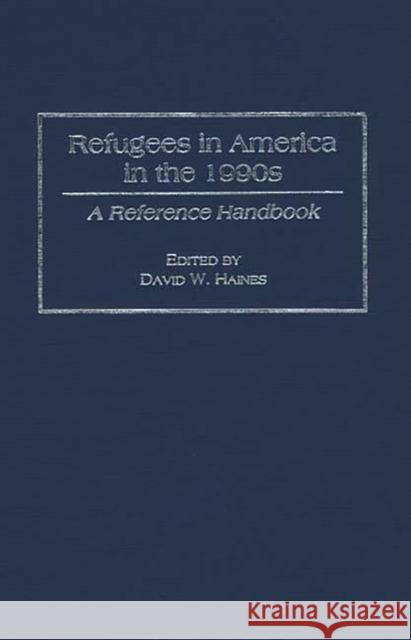Refugees in America in the 1990s: A Reference Handbook » książka
Refugees in America in the 1990s: A Reference Handbook
ISBN-13: 9780313293443 / Angielski / Twarda / 1996 / 480 str.
This volume introduces the reader to an important set of newcomers to America. Two overview chapters introduce the U.S. refugee program and the general patterns in resettlement and adaptation. The chapters cover the origins of the program, its development through successive waves of refugees and layers of legislation, the life experiences that refugees bring with them, the problems they must confront, and the ways they rebuild their lives. The heart of the book, however, is Part II, which provides chapters on the largest groups of refugees who have resettled since World War II. Each chapter examines the cultural and social context from which the refugees came, traces their initial and long-term encounters with American society, and assesses their future prospects.
The refugee groups covered include Afghans, ethnic Chinese from Southeast Asia, Cubans, Eastern European refugees, Ethiopians and Eritreans, Haitians, Hmong, Iranians, Khmer, Lao, Soviet Jews, and Vietnamese. The final section of the book provides additional comparative documentation on the refugee experience. Separate chapters review the major federal agency statistics, examine public attitudes toward refugees, and outline the broader global refugee problem. The book concludes with a review of film documentaries on refugee adaptation and an annotated bibliography introducing the extensive information now available on refugees in the United States.











